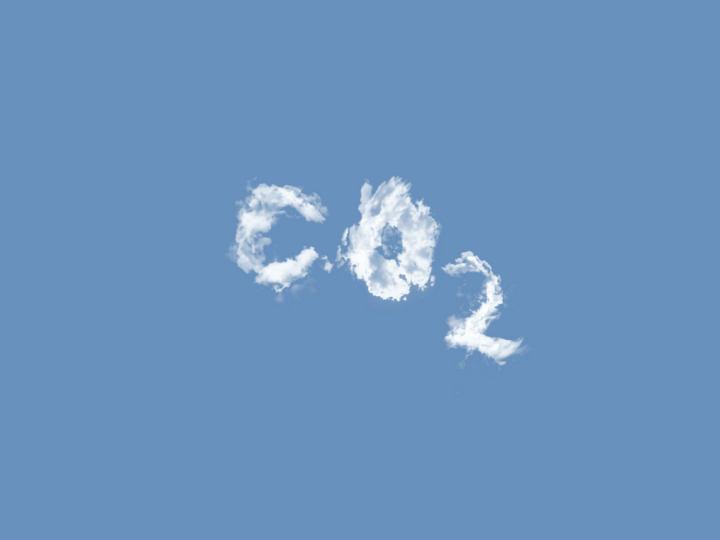by Nikolaus J. Kurmayer
Experts say the two molecules of carbon dioxide (CO2) and hydrogen are the foundation of the EU’s future low-carbon synthetic fuel industry.
Hydrogen has been touted as the swiss army knife of the energy transition, leading to some kind of “hype”, explains Brice Lalonde, a former Green party leader in France who is now president of a think-tank called ‘Equilibre des Energies’.
But, “you can’t use it for everything,” Lalonde stressed at a recent EURACTIV event.
While hydrogen is already widespread in the production of plastics and fertilisers as well as in chemical processes, he believes additional demand for the gas will be limited.
“It has to probably be only used as a fuel for transportation”, with a view towards aviation, said Lalonde, whose think-tank counts companies like Airbus and Total Energies among its members.
And for these applications, having CO2 at hand would be crucial.
“The main interest of hydrogen is going to be as a component to mix with carbon,” said Lalonde, France’s ambassador for climate negotiations from 2007-2010.
Mixing CO2 with hydrogen can produce synthetic fuels, which – much like regular fossil fuels – is energy dense and fit for purpose in aviation and maritime shipping.
The major difference is that these synthetic fuels can be climate neutral. For that to happen, the hydrogen used in the process must be green – coming from renewable electricity – and use CO2 extracted from existing industrial processes or captured from the air.
The European Commission has sensed the potential of CO2 as a feedstock for industry. Last October, the European Commission announced it was working on a strategy for carbon capture and utilisation (CCUS) to be published before the end of the year.
“A second leg of the molecule economy is CO2,” explains Chris Bolesta, team leader at the EU’s energy directorate in charge of CCUS. “We don’t have the CCUS strategy yet, but we are working on it,” he added, saying the strategy “is following in hydrogen’s tracks.”
Much like the EU’s hydrogen strategy, presented in 2020, the CCUS strategy would aim to give companies a clear perspective.
“We actually want to impose an obligation on some marketplace to provide CO2 storage capacity, so the market has certainty that there will be storage so that they could invest in capture and transport,” Bolesta explained.
“The first priority has to be stopping emissions from being dumped in the atmosphere,” says Jonas Helseth, director of the think-tank Bellona Europe. “CO2 storage clearly is something we need for that,” he added.
However, the amount of CO2 storage capacity needed for this can seem daunting.
In March, the European Commission set a target to enable 50 million tonnes of annual CO2 injection capacity by 2030, reaching 550 million tonnes of CO2 annually by 2050.
Yet, for the whole world, the storage capacity would need to reach one gigaton annually, said Gabrielle Gauthey, in charge of European affairs at the energy giant Total Energies, who spoke at the event.
And even that wouldn’t be enough. “It would be good to have seven gigatons per year, which is huge,” Gauthey said.
According to Bolesta, the number of projects that have expressed interest in CO2 injection in Europe “totals up to more than 80 million tonnes per year”.
“Of course, not all of these projects will happen,” he said.
*first published in: Euractiv.com




 By: N. Peter Kramer
By: N. Peter Kramer

